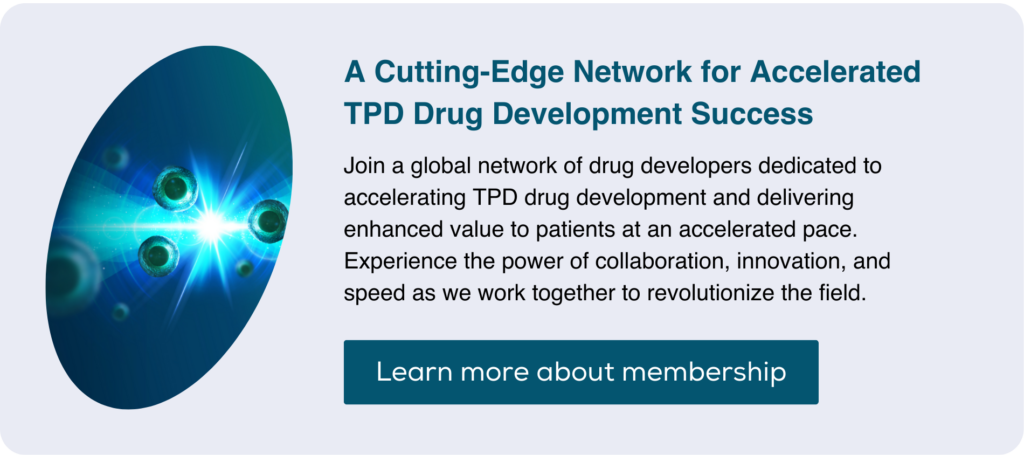Exploring the Landscape of Molecular Glues: A Promising Frontier in Therapeutics
Introduction
Advancements in molecular biology have paved the way for innovative therapeutic approaches, particularly in the field of monovalent degraders and molecular glues. These areas have gained significant attention and investment, offering promising solutions for previously challenging diseases. In this blog, we summarize key insights shared by Rachel East, TPD Research Analyst, and Frank Plowden, TPD Account Manager from Beacon by Hanson Wade, shedding light on the exciting landscape of molecular glues.
Therapeutic Classes of Monovalent Degraders
Monovalent degraders, including molecular glues, encompass various therapeutic classes. The well-known IMiDs class, featuring drugs like pomalidomide, lenalidomide, and thalidomide, is a notable example. Another class to highlight is CELMoDs, cereblon-recruiting molecular glues led by Bristol-Myers Squibb and Celgene. CELMoDs work by promoting proteasomal degradation of the target protein.
Top Developers of Monovalent Degraders
Bristol-Myers Squibb, following its acquisition of Celgene, leads the pack with a significant number of assets in the monovalent degrader space. They collaborate with A-Alpha Bio and SyntheX to explore new molecular glue candidates. Additionally, newer companies like Kymera Therapeutics, Plexium, and Aevis Bio are gaining traction, expediting the development of their assets.
Highest Phase of Development of Clinically Active Monovalent Degraders
In 2022, BioTheryX, Monte Rosa Therapeutics, and Starton Therapeutics marked their entry into clinical trials with their respective assets. Notably, iberdomide and mezigdomide have advanced to phase 3 trials, showing promising progress in their development.
Monovalent Degraders by Ligases
While many ligases employed by monovalent degraders remain undisclosed, cereblon is the most commonly disclosed ligase, utilized by a significant portion of the assets. Excitingly, the range of ligases used in degrader assets is expanding. Newer assets target different components of E3 ligases, such as DDB1 and DCAF15, offering promising avenues for further exploration.
In conclusion, the landscape of molecular glues and monovalent degraders presents a promising frontier in therapeutics. With active clinical trials, collaborations, and advancements in ligase targeting, the potential for these innovative approaches to address challenging diseases is increasingly evident. As we look to the future, the Targeted Protein Degradation Searchlight network will serve as a platform for further discussion and progress in this rapidly evolving field.


